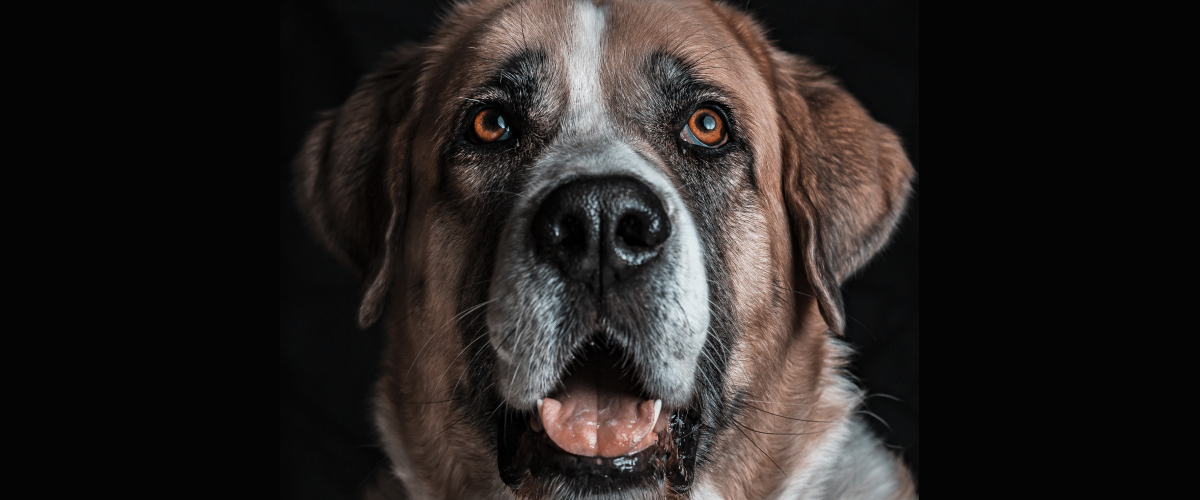As pets age, they often experience changes in behavior that can seem unusual or even concerning. These odd behaviors in senior pets can stem from a variety of causes, ranging from age-related cognitive decline to discomfort from chronic conditions. Recognizing and understanding these changes is essential for ensuring your pet’s comfort and well-being in their golden years.
Common Odd Behaviors in Senior Pets
- Increased Confusion or Disorientation
If your senior dog or cat starts getting lost in familiar areas of the house, stares at walls, or seems to forget routines, it could be a sign of Canine or Feline Cognitive Dysfunction Syndrome (CDS)—a pet form of dementia. This condition affects memory, learning, and awareness and is quite common in aging pets. - Vocalizing More Than Usual
Excessive meowing, barking, or whining—especially at night—may signal anxiety, confusion, or pain. In cats, yowling can sometimes indicate sensory decline, such as vision or hearing loss, or underlying medical issues. - Pacing or Wandering Aimlessly
Repetitive walking or aimless pacing might indicate anxiety, restlessness due to cognitive decline, or discomfort from arthritis or other medical issues. It’s important to monitor how often this occurs and whether it’s interfering with rest or daily life. - Changes in Sleep Patterns
Senior pets often sleep more, but if your pet becomes nocturnal—staying awake at night and restless during the day—it might be a sign of cognitive changes or internal discomfort. - House Soiling or Litter Box Avoidance
A pet that was previously house-trained may start having accidents indoors. This can be caused by loss of bladder control, cognitive dysfunction, or even mobility problems that make it hard to reach the appropriate spot in time. - Unusual Aggression or Withdrawal
A normally affectionate pet becoming snappy or distant could be experiencing pain, sensory loss, or cognitive dysfunction. Always rule out medical causes before assuming it’s a behavioral issue.
When to See a Vet
If your senior pet begins exhibiting new or odd behaviors, don’t dismiss them as just “old age.” Many of these signs can be managed or improved with proper veterinary care, medication, dietary changes, or environmental adjustments. Your vet can help identify the cause—whether it’s medical, neurological, or behavioral—and create a plan to support your pet’s changing needs.
Helping Your Senior Pet Thrive
Routine vet visits, a comfortable home environment, and mental stimulation through toys or gentle interaction can greatly improve your senior pet’s quality of life. Being patient and observant allows you to catch early signs of decline and respond appropriately.

